Ryobi Mini Chainsaw Review
- February 20, 2024
- 0 comment
When it comes to compact chainsaws, the Ryobi Mini Chainsaw shines as a versatile and efficient tool for pruning, limbing, and light cutting tasks. Its user-friendly design and reliable performance make it a go-to choice for anyone tackling smaller jobs around the yard. Based on personal experience, this review explores the practical benefits of the Ryobi Cordless Mini Chainsaw, highlighting its ease of use, battery power, and overall value for money.
Specifications of Ryobi Mini Chainsaw
- Model Number: 25013
- Type: 6″ Compact Brushless Pruning Chainsaw
- Bar Length: 6 inches
- Chain Type: Y38 .043″
- Weight: 3.65 lbs.
- Battery Model: PBP006 – 18V ONE+ 2.0Ah Battery
- Voltage: 18V
- Capacity: 2Ah
- Fuel Gauge: Integrated LEDs
- Charger Model: PCG002 – 18V ONE+ Charger
- Input: 120V, 60Hz, 60W
- Maximum Cut Diameter: 4 inches
- Chain Speed: 4.9 meters per second
Performance and Ease of Use
The Ryobi Mini Chainsaw, featuring a 6-inch bar and chain, is designed for precision and simplicity, making it a favorite among homeowners and gardening enthusiasts. With its brushless motor technology, this chainsaw offers up to 40% faster cutting compared to traditional models, delivering impressive results when pruning branches or cutting small logs. Its performance is remarkable for such a compact tool, exceeding expectations in both power and reliability.

A feature of the Ryobi 18V Chainsaw is its battery efficiency. Powered by an 18V ONE+ 2.0Ah battery, it can handle up to 21 cuts per charge, reducing downtime for recharging. The cordless design further enhances flexibility, enabling seamless movement around your garden or workspace without being tethered to a power source.
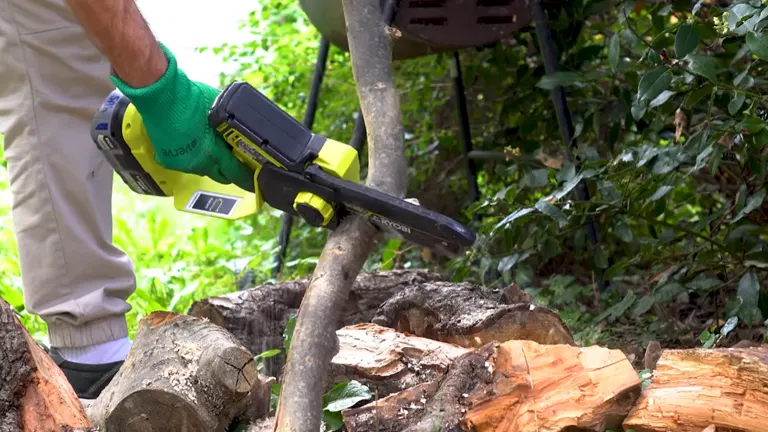
Ergonomics and balance are central to the design of this Ryobi Battery-Powered Chainsaw. Whether you’re using the standard or a larger battery, the tool remains well-balanced and comfortable to use for extended periods. This reduces fatigue during longer tasks. Additionally, its simple chain tension adjustment ensures optimal performance with minimal hassle, making it perfect for quick and efficient pruning sessions.
Durability and Maintenance
The Ryobi Mini Chainsaw is built for lasting performance, combining durability with minimal maintenance requirements. Its oil-free design and tool-less chain tensioning system make upkeep hassle-free, allowing users to focus more on tasks and less on maintenance. This user-friendly approach ensures the chainsaw is ready to perform whenever needed.
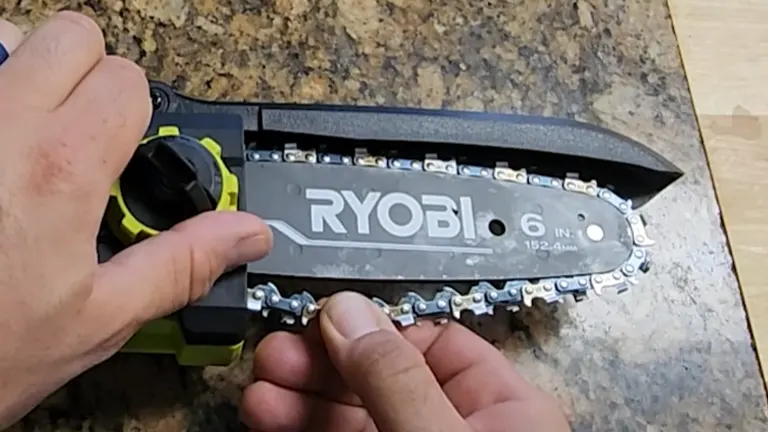
Durable construction is paired with practical accessories, such as a protective scabbard, which safeguards the 6-inch chain during storage and transport. These features not only extend the lifespan of the Ryobi Compact Chainsaw but also make it a dependable tool for years of pruning and light cutting tasks.
Pros
- Weighing in at just 3.65 lbs., it’s incredibly portable and easy to maneuver, making it ideal for quick pruning and limbing tasks around the yard.
- The ability to make up to 21 cuts on a single charge with the 18V ONE+ 2.0Ah battery is impressive for a chainsaw of this size, reducing downtime and enhancing productivity.
- Offers 40% faster cutting compared to traditional motors, providing efficient and smooth cuts without the hassle of gas or cords.
- Features such as tool-less chain tensioning and an oil-free design contribute to a user-friendly experience, simplifying maintenance and operation.
- With a variable speed trigger, lock mechanism, and protective design, it minimizes risks and ensures a safer cutting experience.
- Being part of the RYOB1 18V ONE+ system, it allows for battery interchangeability across a wide range of tools, adding to its convenience and value.
Cons
- With a maximum cut diameter of 4 inches, it’s not suitable for larger cutting tasks, limiting its use to light pruning and limbing.
- The tool is sold without a battery and charger, which could be an additional expense for users who do not already own compatible RYOB1 18V ONE+ batteries and chargers.
- Prolonged use, especially in demanding tasks, can lead to the tool getting hot, which might require taking breaks to let it cool down, potentially slowing down work.
- Some users might find the initial chain tensioning a bit tricky until they get used to the mechanism, though it becomes straightforward with a bit of practice.
- At $133.00, while it offers good value, it might still be considered a bit pricey for those looking for a very basic or occasional-use chainsaw.
Safety and Noise Level
The Ryobi Mini Chainsaw prioritizes user safety with thoughtfully integrated features. A variable speed trigger provides precise control over cutting power, while the dual-sided lock mechanism ensures the chainsaw remains secure during operation. Additionally, the protective guard around the cutting area reduces the risk of kickback, making this Ryobi Compact Chainsaw a safe choice for beginners and experienced users alike.
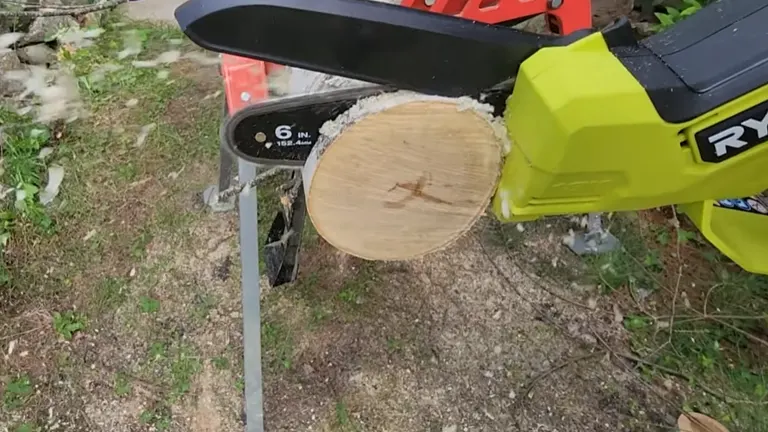
Despite its power, the Ryobi Brushless Chainsaw operates at a manageable noise level. This makes it ideal for residential use, as it minimizes discomfort for the user and avoids disturbing neighbors during pruning or other tasks. Its quiet yet efficient performance adds to the tool’s appeal for homeowners who value both power and discretion.
Comparative Analysis: Ryobi 8-Inch vs. Milwaukee M12 FUEL 6-Inch vs. Makita LXT 18V 10-Inch
Summary and Recommendation
The comparison reveals that each pruning chainsaw has its niche based on user requirements, task size, and budget considerations:
- Ryobi 8-Inch: Offers an entry-level option for those on a budget or already invested in the Ryobi ONE+ system. Its performance and durability are limited, making it suitable for minimal pruning needs. The absence of an automatic oiler and the use of a non-Oregon chain suggest a compromise in long-term use and cutting efficiency.
- Milwaukee M12 FUEL 6-Inch: Emerges as the top recommendation for its blend of performance, quality, and user-centric features. Its lightweight design, ease of use, and efficient cutting capabilities make it ideal for precise pruning tasks and enhanced safety, particularly in tight spaces or when using a ladder. The inclusion of an Oregon chain and automatic oiler further underscores its reliability and value.
- Makita LXT 18V 10-Inch: Appeals to users requiring a more powerful tool capable of handling larger tasks. This chainsaw bridges the gap between pruning saws and full-sized chainsaws, offering robust performance with the convenience of battery power. The adjustable oiler and high-quality construction are notable features that justify its higher price point for heavy-duty use.
For most users seeking a reliable and efficient tool for regular pruning tasks, the Milwaukee M12 FUEL 6-Inch Pruning Chainsaw stands out for its excellent balance of features, performance, and usability. It is particularly recommended for those prioritizing precision, control, and safety in their pruning work.
Value and Conclusion
The Ryobi Mini Chainsaw, priced at $133.00, offers unmatched value with its 6-inch bar, brushless motor, and cordless design. Perfect for pruning and light woodcutting, it combines durability, ease of use, and battery efficiency for reliable performance. A top pick for gardeners and DIY enthusiasts, it’s compact, powerful, and built to exceed expectations.
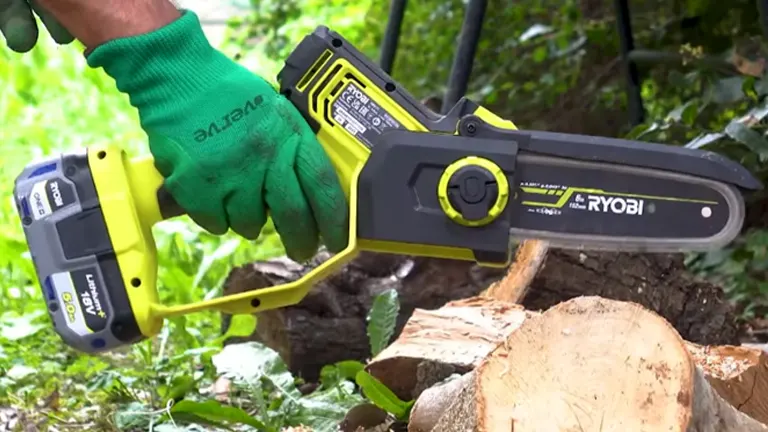
FAQs
- Can I use the same battery for other tools in the same brand lineup?
Yes, all three chainsaws are compatible with their respective brand’s battery systems. The Ryobi uses the 18V ONE+ system, Milwaukee uses the M12 system, and Makita operates on the 18V LXT platform. This means you can interchange batteries with other tools within the same voltage and series, enhancing the versatility and value of your investment. - How important is the chain brand (e.g., Oregon) in choosing a pruning chainsaw?
The brand of the chain, such as Oregon, can significantly impact the cutting performance and durability of your chainsaw. Chains from reputable brands tend to offer sharper, more durable edges and better cutting efficiency. Milwaukee and Makita models using Oregon chains are likely to perform better and require less frequent replacements compared to non-branded options. - What safety features should I look for in a battery-powered pruning chainsaw?
Key safety features include a handguard to protect your fingers, a chain brake to stop the chain during kickback, and a lock-off button to prevent accidental starts. The Makita model adds an extra layer of safety with its bar stop feature, which can be crucial for preventing injuries during unexpected kickbacks. - How do I decide between a 6-inch, 8-inch, and 10-inch bar length?
The choice depends on the size of the branches you plan to cut. A 6-inch bar, like on the Milwaukee, is perfect for tight spaces and smaller branches. An 8-inch bar offers a middle ground for slightly larger branches, while a 10-inch bar on the Makita is suitable for the largest branches you’d tackle with a pruning chainsaw. Consider the largest size you’ll frequently cut and choose accordingly. - Can these chainsaws be used for tasks other than pruning?
While designed for pruning, these chainsaws can also tackle other small cutting tasks around the yard, such as trimming small logs or cutting up fallen branches for firewood. However, their compact size limits their use to smaller projects, and they’re not suitable for large-scale tree felling or cutting very thick logs. - What maintenance do battery-powered chainsaws require?
Regular maintenance includes checking and adjusting chain tension, sharpening the chain, cleaning the saw after use, and ensuring the battery is charged and stored properly. Models without an automatic oiler, like the Ryobi, will require manual lubrication of the chain and bar to maintain optimal performance and longevity. - How does the absence of an automatic oiler affect a chainsaw’s performance?
An automatic oiler ensures the chain and bar are constantly lubricated during use, reducing wear and maintaining smooth operation. The absence of an oiler, as seen in the Ryobi chainsaw, can lead to faster wear and tear, requiring more frequent manual lubrication to keep the saw running efficiently. - What are the advantages of a brushless motor in these chainsaws?
Brushless motors offer several benefits, including increased power efficiency, longer motor life, and less maintenance. They also provide more power and longer run times on a single battery charge, making them ideal for demanding tasks like cutting through thick branches.
That wraps up our deep dive into the world of battery-powered pruning chainsaws! We’ve explored the ins and outs of the Ryobi, Milwaukee, and Makita models, each with its unique strengths to fit different gardening and pruning needs. Now, we’d love to hear from you! Have you used any of these chainsaws before? Maybe you have another favorite we didn’t mention? Drop your thoughts, experiences, and any tips you’ve picked up along the way in the comments below. Sharing is caring, so let’s help each other find the perfect tool for our green spaces. Happy pruning, and thank you for following along!

David Murray
Forestry AuthorI'm David Murry, a forestry equipment specialist with a focus on chainsaw operation. With over 13 years of experience, I've honed my skills in operating and maintaining a wide range of machinery, from chainsaws to log splitters. My passion for the outdoors and commitment to sustainable forestry drive my work, which emphasizes safety, efficiency, and staying updated with industry advancements. Additionally, I'm dedicated to sharing my expertise and promoting environmental awareness within the forestry community.

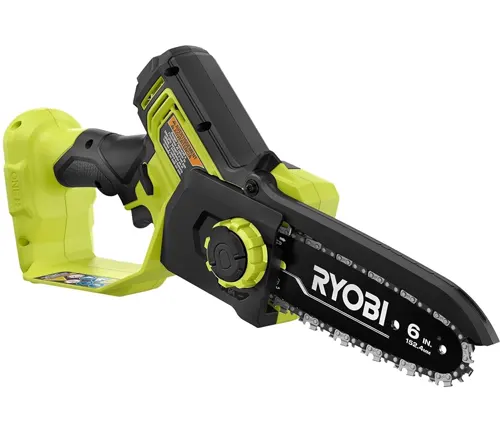
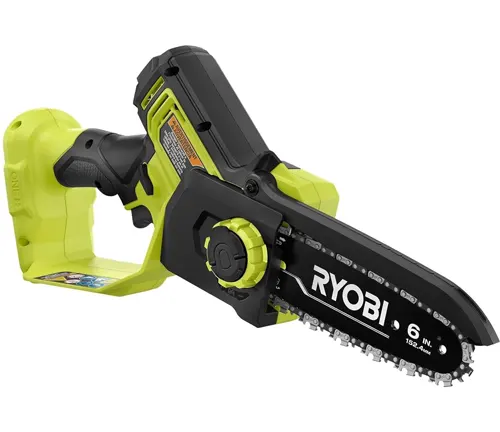
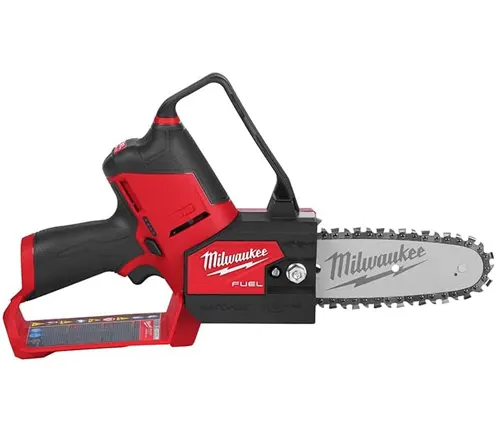

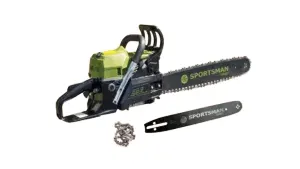
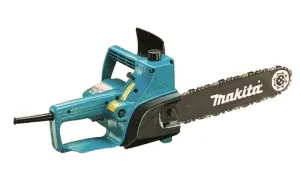
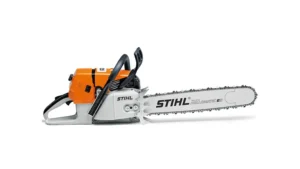
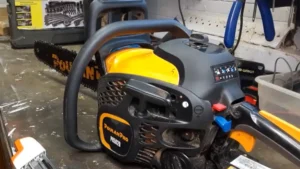
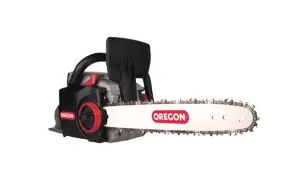
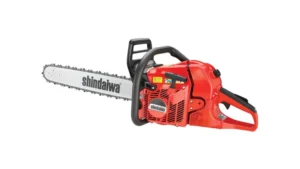
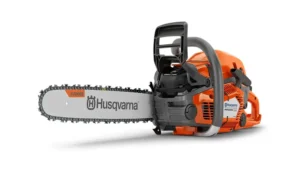

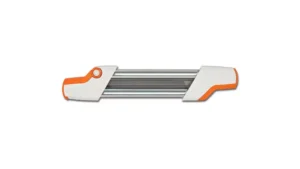
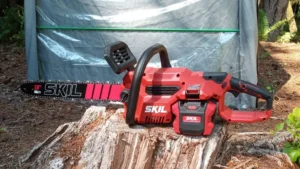
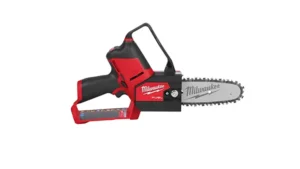

Leave your comment